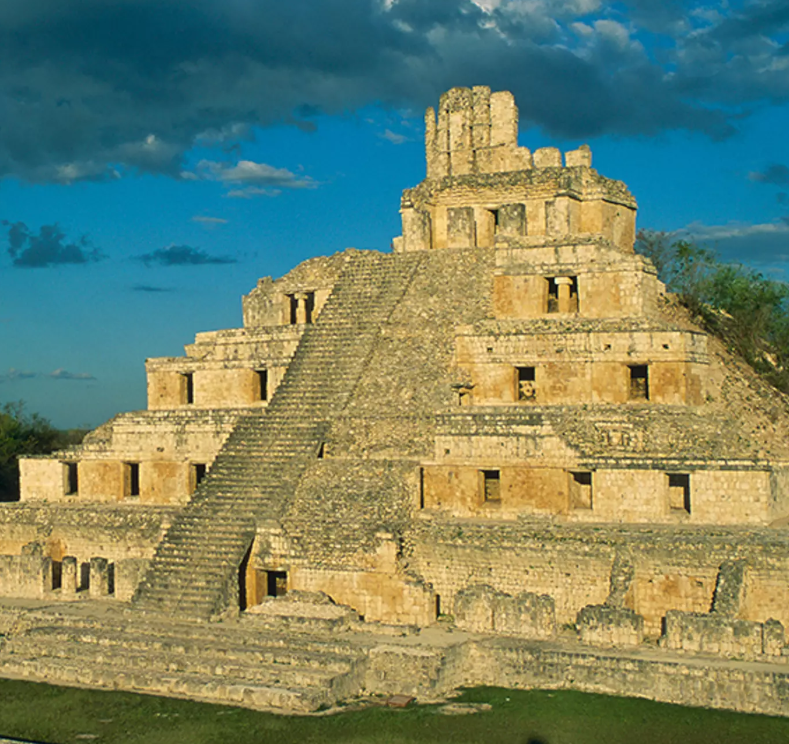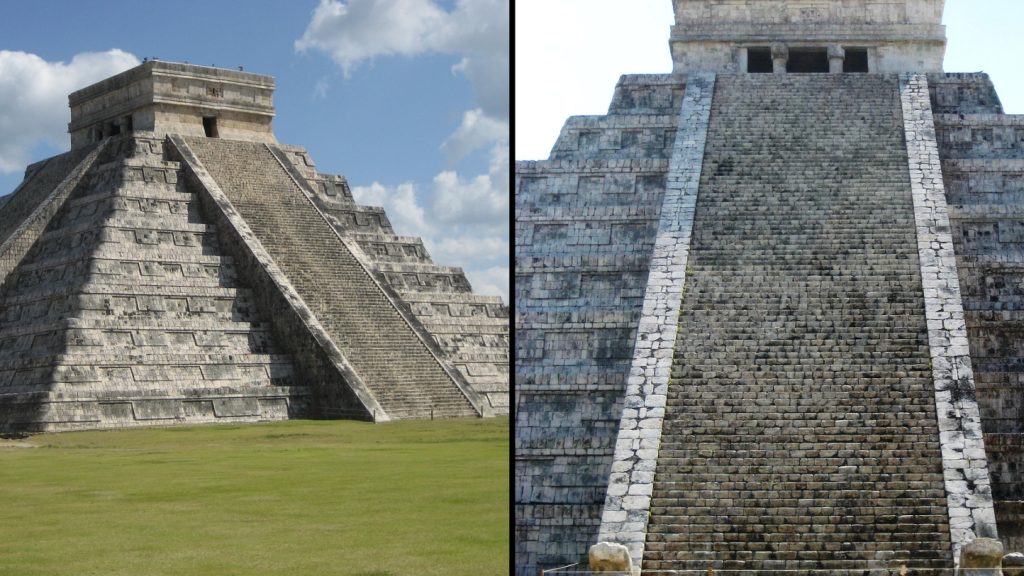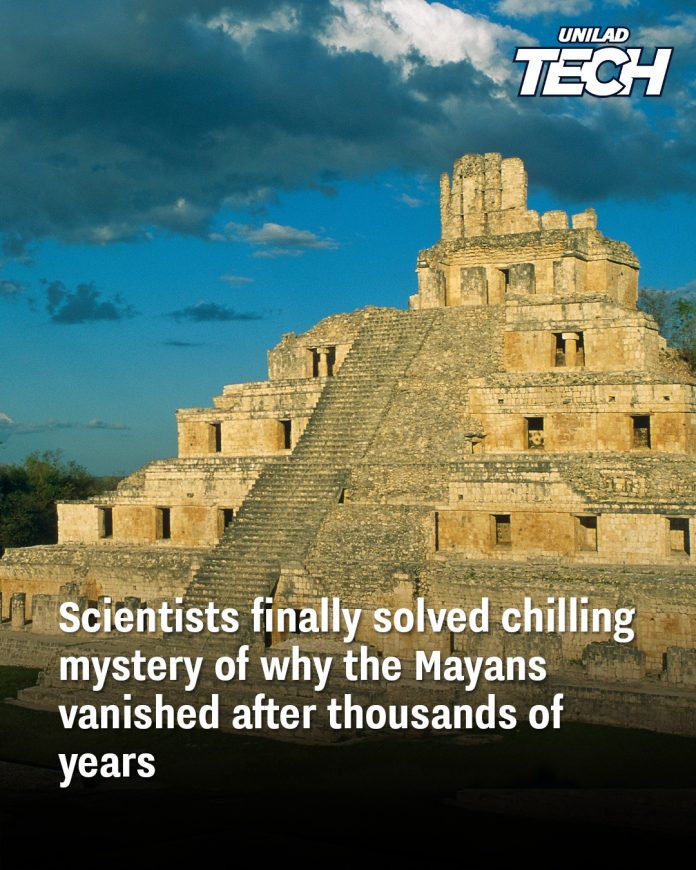The collapse of the ancient Maya civilization, which thrived for over a millennium across present-day Mexico, Guatemala, Belize, and Honduras, has long puzzled historians and archaeologists. Renowned for their sophisticated writing systems, astronomical knowledge, and monumental architecture, the Maya established a network of city-states that flourished during the Classic Period (circa 250–900 CE). However, by the end of this era, many of these urban centers were mysteriously abandoned.

Recent research suggests that the decline of the Maya civilization was not due to a singular catastrophic event but rather a combination of interconnected factors, primarily environmental degradation and climate change. One significant contributor was extensive deforestation. To construct their impressive structures, the Maya required vast amounts of timber. For instance, producing just one cubic meter of building material necessitated the burning of approximately 20 trees. This large-scale deforestation reduced the land’s ability to absorb solar radiation, leading to increased surface temperatures and decreased rainfall. Over time, this environmental imbalance resulted in a 5–15% reduction in precipitation, exacerbating drought conditions and undermining agricultural productivity.
The prolonged droughts had a cascading effect on Maya society. With declining crop yields, food shortages became prevalent, leading to malnutrition and increased mortality rates. The scarcity of resources likely intensified competition among city-states, resulting in heightened warfare and social unrest. Additionally, the reduced rainfall impacted trade routes, particularly those reliant on waterways, further isolating communities and disrupting economic stability.
It’s important to note that while many southern lowland cities were abandoned, Maya civilization did not vanish entirely. Urban centers in the northern Yucatán Peninsula, such as Chichén Itzá and Uxmal, continued to thrive for several centuries. Moreover, millions of Maya descendants still inhabit Central America today, preserving their rich cultural heritage and languages.

The decline of the Maya civilization serves as a poignant reminder of the intricate relationship between human societies and their environments. It underscores the consequences of unsustainable resource management and the vulnerability of complex societies to environmental changes. As modern civilizations grapple with similar challenges, the lessons from the Maya’s experience remain profoundly relevant.

















